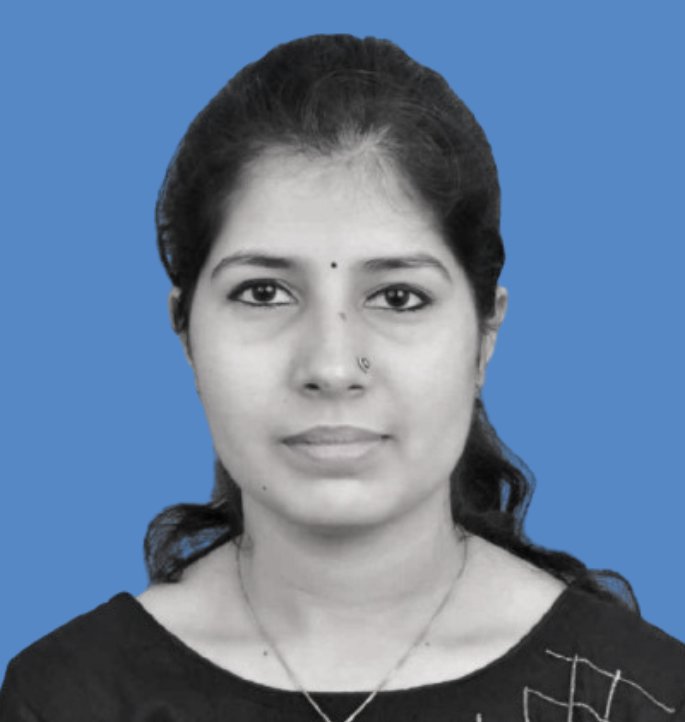MODULE 1 – QUESTIONED DOCUMENT EXAMINATION
This module explores an overview of questioned document examination, its scope and challenges, the role of questioned document examiners, the qualifications needed to excel, and the historical significance of this field. You will also learn about the principles of forensic document examination, techniques to collect and preserve documents as evidence, the distinction between standards and exemplars, and the scientific examination of questioned documents. Finally, you will gain insights about how to present examination reports in court and the common problems faced by experts in this field.
MODULE 2 – PHOTOGRAPHY OF DOCUMENT
In this module, you will learn about forensic photography of document evidence, its importance for recording, and photographing conventional and unconventional surfaces using various photographic techniques. You will also learn about the components of cameras and light sources to capture high-quality images, photomicrography to capture microscopic details, and finally, the module concludes with the role of image processing to enhance and analyze photographic evidence.
MODULE 3 – HANDWRITING
This module will focus on the significance of handwriting as an identifying feature, control and coordination of the brain and handwriting (a neurological aspect), historical evolution, and the study of different types of writing instruments. You will also learn about various handwriting analysis systems and factors affecting handwriting, including external and internal influences, natural variations, and fundamental divergence in handwriting, equipping you with a deep understanding of the art and science of deciphering handwriting in forensic investigations.
MODULE 4 – HANDWRITING EXAMINATION
In this module, you will gain insights about the history, purpose, and principles of handwriting examination, the characteristics of handwriting, including class and individual characteristics, and the different types of cases encountered in handwriting identification, including disguised and simulated writing, traced writing, indented handwriting, secret writing, and writing on charred documents. The module also focuses on the collection of handwriting samples, handwriting examination techniques, report writing, and common problems faced during the examination process.
MODULE 5 – IDENTIFICATION OF SIGNATURES AND FORGERIES
This module focuses on signature forgeries and their forensic examination, an introduction to penmanship, different forms of signature, the history of signature-related forgeries, the distinction between genuine and forged signatures, factors affecting signatures, and techniques of producing forged signatures like traced forgeries, simulated forgeries, spurious signatures, spouses' imitation, and forgery by transplantation. The module also covers identification and examination of forged signatures, evaluation of non-original signatures, assisted or guided signatures, common problems encountered during signature analysis, and types of electronic signatures.
MODULE 6 – PAPER AND INK ANALYSIS
In this module, you will learn about paper and ink examination, its evolution within a forensic context, visual examination of paper (color, finish or surfaces, watermarks, cutting, size, rounded corners, padded or loose attributes, and book binders with stitch or wire marks), physical examination aspects (thickness, wove or laid paper, paper opacity, and wire marks), and chemical examination like paper composition and characteristics. Finally, you will learn about types of ink and their composition, destructive and non-destructive identification techniques, and the dating of paper and ink.
MODULE 7 – WRITING/PRINTING INSTRUMENTS AND EXAMINATION OF DOCUMENTS PRODUCED
This module will explore various writing instruments like the pen and pencil, including their historical significance, types, and comparative examination of features. The typewriter segment includes its history, classification, types and their working, identification of typists and duplicate typescripts, and examination of typewritten documents. The printer section includes its history, classification, various types, and examination of printed documents. You will then explore the concept of photocopies, which includes their history, the workings of photocopiers, and the examination of photocopied documents. Finally, the module concludes with knowledge about fax machines, their history, the examination of fax documents (manipulated faxes, fax handwriting, and fax machine defects), and the role of cameras and scanners in document reproduction.
MODULE 8 – OTHER TYPES OF QUESTIONED DOCUMENTS AND THEIR EXAMINATION
In this module, you will learn about document types and their historical significance in forensic investigations, alterations in documents, including obliteration, addition, deletion, or erasure, intended documents (writing instrument impressions on sheets below the sheet with writing), techniques to decipher information from charred documents (fire damaged), anonymous letter analysis, secret writing analysis to decipher concealed messages, and holographic and allographic documents, highlighting the distinctive features and analysis of handwritten and non-handwritten documents.
MODULE 9 – PRINTING TECHNOLOGY
This module covers an overview of printing technology, its evolution and significance in forensic document analysis, distinctive features of various types of printing (letterpress/relief, lithography, gravure/intaglio, raised, and screen printing), and identification features of printing used by forensic experts to identify and analyze printed materials, along with the complexities involved in the examination of printed documents.
MODULE 10 – TYPOGRAPHY AND CHECK WRITER
In this module, you will learn about typography and check writers, the history of typography within forensic context, font anatomy (parts of type, type classification system, font size measurement, and line spacing), measuring fonts in reinsertion cases, and factors affecting typographic line spacing. The module also covers horizontal measurement to evaluate typewritten and printed materials, an overview of check writers, and mechanical check writers, including impression components, specialized machines, and impression formats. Finally, you will learn about make and mode differentiation, showcasing the methodologies used to distinguish and identify specific check-writing machines and the role of check writers in document alteration.
MODULE 11 – SECURITY FEATURES IN DIFFERENT TYPES OF DOCUMENTS
This module explores security features in different types of documents and related features you must have for forensic analysis, including a PAN card, TAN card, voter ID card, and driving license. You will then explore passport documents and stamp and e-stamp paper, which are crucial within legal and financial contexts. You will also learn to scrutinize bankers checks, th importance of QR codes and Bar codes, and identification features found on Indian and other currencies. Finally, the module concludes with know-how about seals and seal impressions and their significance in verifying the authenticity of documents.
MODULE 12 – ANTI-MONEY LAUNDERING DOCUMENTS VERIFICATION
In this module, you will learn about the identification of various financial documents, including bank statements, driving license examinations, and PAN cards. The module also explores the forensic significance of passports and the examination of telephone bills and electricity bills, showcasing their role in verifying identity and transactions. This module will equip you with the knowledge and skills needed to assess and analyze a range of documents used in financial and identification contexts.
MODULE 13 – ART FORGERY
This module explores the world of art forgery, techniques used for detecting forgery and identifying genuine artworks, the historical evolution of this field and its impact on the world, art crime, art theft, and the distinction between copying and forging the original art piece. You will gain insights about forgers like dealers and artists and the scientific detection of fake and forged art, including techniques like Dendrochronology, X-ray analysis, White-Lead Testing, Stable Isotope Analysis, Craquelure examination, Carbon Dating, Digital Authentication, Atomic Absorption Spectroscopy (AAS), Inductive Coupled Plasma-Mass Spectroscopy (ICP-MS), and Wavelet Decomposition.
MODULE 14 – TECHNIQUES AND INSTRUMENTS USED IN DOCUMENT EXAMINATION
In this module, you will learn about techniques and a wide range of basic instruments used in document examination, including magnifying glass and lenses, scales for precise measurements, a camera microscope to capture high-quality images, a stereomicroscope for three-dimensional observation, and a comparison microscope for side-by-side comparisons. The module also covers advanced instrumentation like the video spectral comparator (VSC) and the electrostatic detection apparatus (ESDA); the usage of visible light, ultra-violet, and infra-red rays for revealing hidden features and security elements, and analytical techniques like chromatography and spectrometry.









